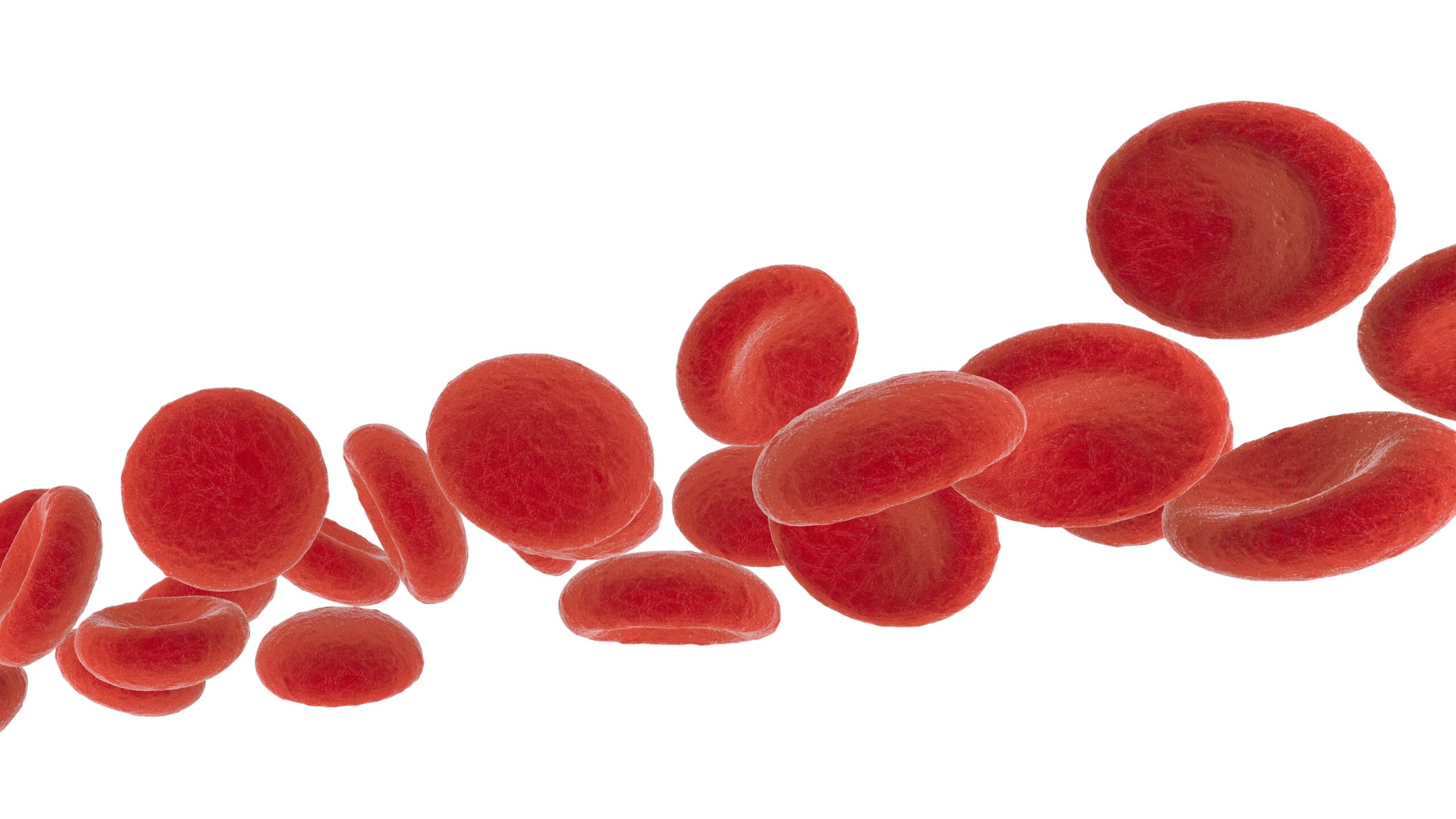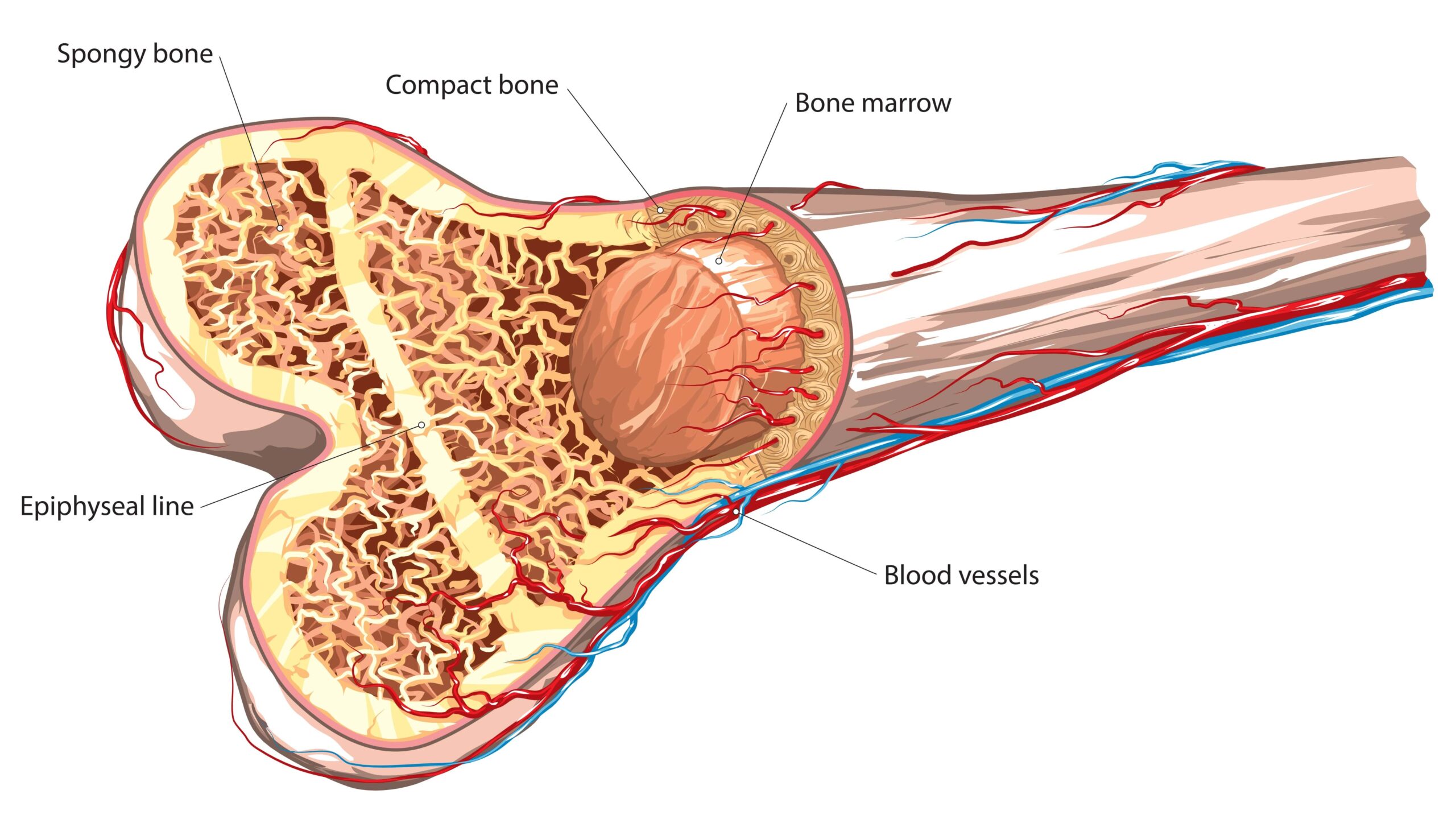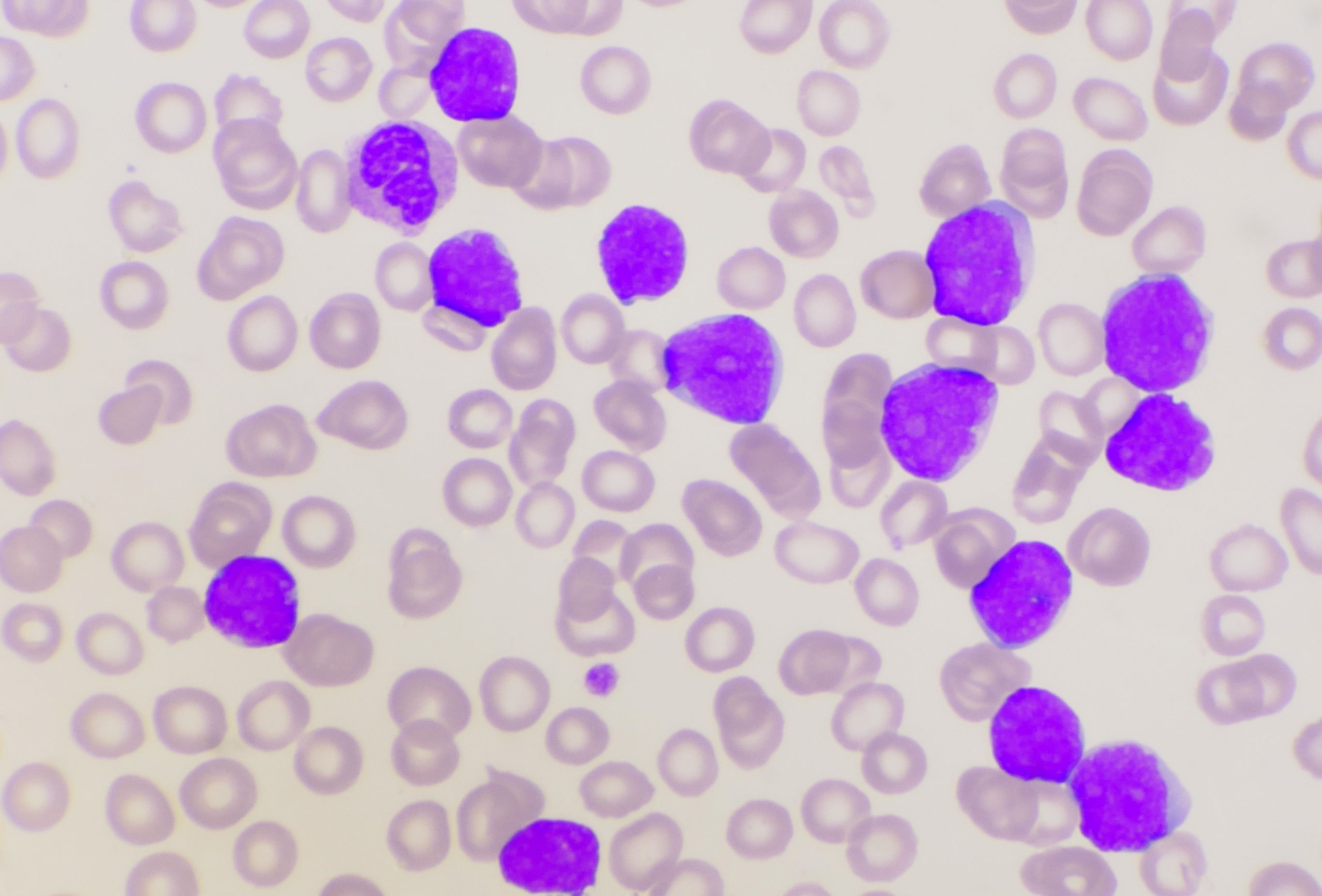
A preclinical mouse model analysis has been performed to clarify the pathologic role of iron in transfusion-independent myelodysplastic syndromes (MDS). Its findings suggest pharmacologic iron restriction is beneficial in this setting and were published in Blood.
In the mouse model, investigators assessed the effect of both iron overload and iron restriction in MDS. They initiated the former mechanism using FPNC326S genetic activation, and the latter pharmacologically with vamifeport, an oral inhibitor of the iron exporter ferroportin.
Comparing the two mechanisms, iron excess did not lead to any significant benefit at late-stage erythropoiesis, while iron restriction improved red blood cell maturation. Myeloid bias was found to worsen with iron excess but improved with iron restriction. Iron excess was also found to negatively affect—while iron restriction benefited—the hematopoietic stem and progenitor cell pool.
The investigators concluded that iron restriction using vamifeport in the MDS mouse model improved anemia, produced a marked survival benefit, and delayed leukemic transformation. They also noted that “the combined therapy with vamifeport and the erythroid maturation agent luspatercept has superior effect in improving anemia and myeloid bias as compared to single treatments, and offers additive beneficial effects in MDS.”
Reference
Antypiuk A, Vance S, Sharma R, et al. Genetic iron overload aggravates and pharmacological iron restriction improves MDS pathophysiology in a preclinical study. Blood. 2024. doi:10.1182/blood.2024026135







 © 2025 Mashup Media, LLC, a Formedics Property. All Rights Reserved.
© 2025 Mashup Media, LLC, a Formedics Property. All Rights Reserved.